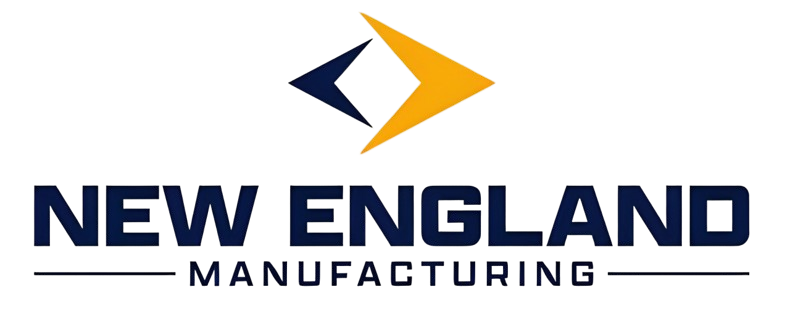Which is a common size of hydrant outlet

Fire safety is an essential aspect of any building or community infrastructure, and hydrants play a critical role in ensuring that fires can be controlled quickly. One common question many people have is which is a common size of hydrant outlet, and why it matters for both fire safety personnel and property managers.
Understanding hydrant outlet sizes helps ensure that fire hoses can be connected efficiently and that water flow meets firefighting requirements. In the United States, the most commonly used hydrant outlet sizes are 2.5 inches, 4.5 inches, and 5 inches. Each of these sizes serves specific purposes, depending on the type of building or area that requires fire protection.
Common Hydrant Outlet Sizes
| Outlet Size | Typical Use | Notes |
|---|---|---|
| 2.5 inches | Residential areas, small commercial buildings | This size is often sufficient for low-rise buildings or neighborhoods with lower fire risk. |
| 4.5 inches | Larger commercial areas, industrial sites | Provides higher water flow suitable for multiple hoses or larger fires. |
| 5 inches | High-demand areas, municipal use | Typically used in city centers or industrial complexes with significant fire risks. |
The size of a hydrant outlet directly affects the water flow rate. Smaller outlets may limit water pressure, which can impact firefighting efficiency. Larger outlets ensure that firefighters have the water volume needed to tackle more significant fires without delay.
NFPA Hydrant Color Code
To make hydrants easier to identify, the National Fire Protection Association (NFPA) provides a color-coding system. The NFPA hydrant color code helps firefighters know at a glance the water flow capacity of a hydrant:
-
Red: Less than 500 gallons per minute (GPM) – typically residential areas.
-
Orange: 500–999 GPM – medium-demand areas.
-
Green: 1000–1499 GPM – commercial or light industrial zones.
-
Blue: 1500 GPM or more – high-demand areas such as downtown districts or major industrial sites.
This color-coding system is crucial for quick decision-making during emergencies. Firefighters can immediately assess which hydrants will provide sufficient water pressure without needing to perform additional measurements on-site.
Real-World Applications
For example, in a residential neighborhood in Chicago, firefighters found that the 2.5-inch hydrants provided adequate coverage for most small fires. However, in industrial areas, the same hydrants were insufficient due to the higher demand for water. By understanding which is a common size of hydrant outlet, city planners can make informed decisions about hydrant placement and water supply infrastructure.
In another instance, a startup company in San Francisco used NFPA color codes to plan emergency drills. Knowing that green and blue hydrants were required near their office complex allowed the team to practice realistic scenarios and ensure compliance with fire safety regulations.
Tips for Property Managers and Team Leaders
-
Conduct Regular Inspections: Ensure hydrants near your building are functional and match the required outlet sizes for your fire safety plan.
-
Educate Staff: Make sure your team knows how to identify hydrant sizes and NFPA color codes.
-
Coordinate with Local Fire Departments: Share your site plans with firefighters so they are aware of hydrant locations and capacities.
-
Plan for High-Demand Areas: If your office or facility is in a high-density area, make sure hydrants with larger outlets are accessible.
Conclusion
Understanding hydrant outlet sizes and the NFPA hydrant color code is more than a technical detail; it’s a practical measure that can save lives. Knowing which is a common size of hydrant outlet helps property managers, team leaders, and safety officers make informed decisions that ensure efficient fire response. Regular inspections, staff education, and coordination with local fire services are key steps in maintaining a safe environment.
For more information on NFPA hydrant color codes, visit NFPA.org. You can also refer to Hydrant Safety Resources for additional guidelines and tips.
- Art
- Causes
- Crafts
- Dance
- Drinks
- Film
- Fitness
- Food
- ហ្គេម
- Gardening
- Health
- ផ្ទះ
- Literature
- Music
- Networking
- ផ្សេងៗ
- Party
- Religion
- Shopping
- Sports
- Theater
- Wellness

